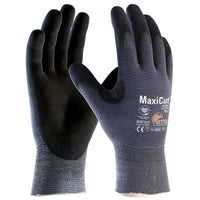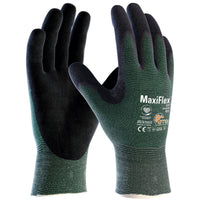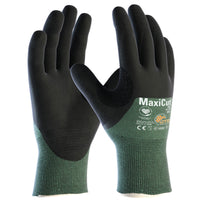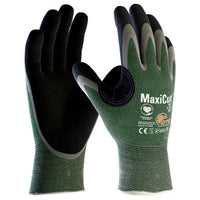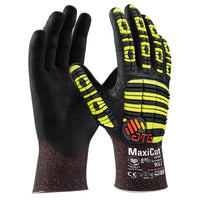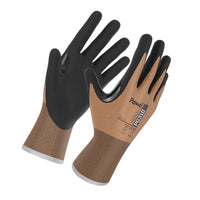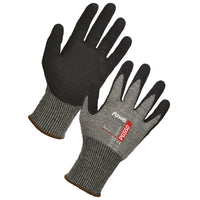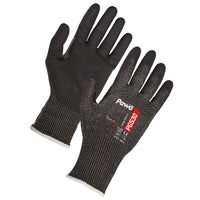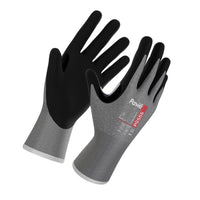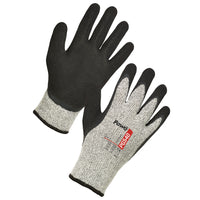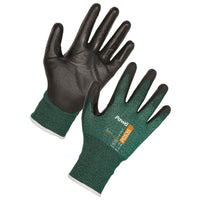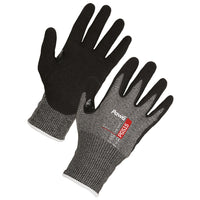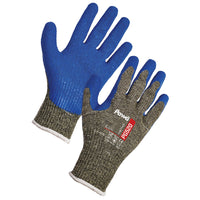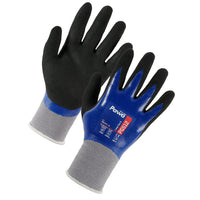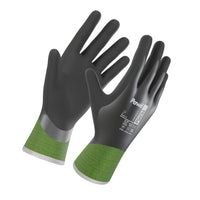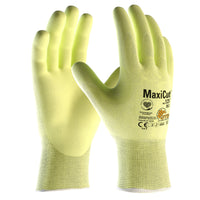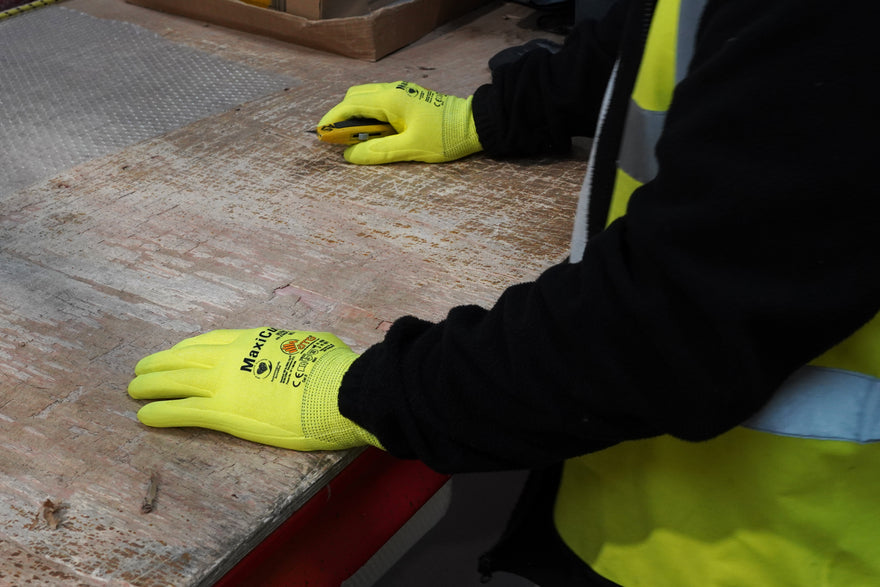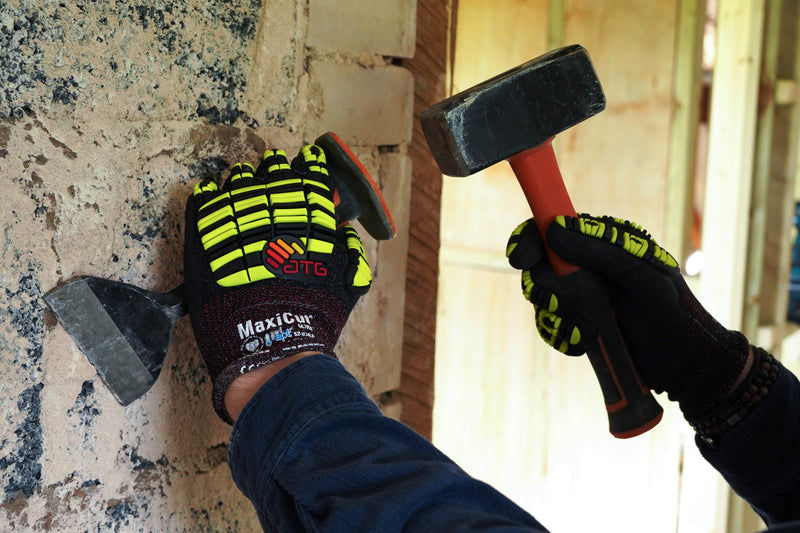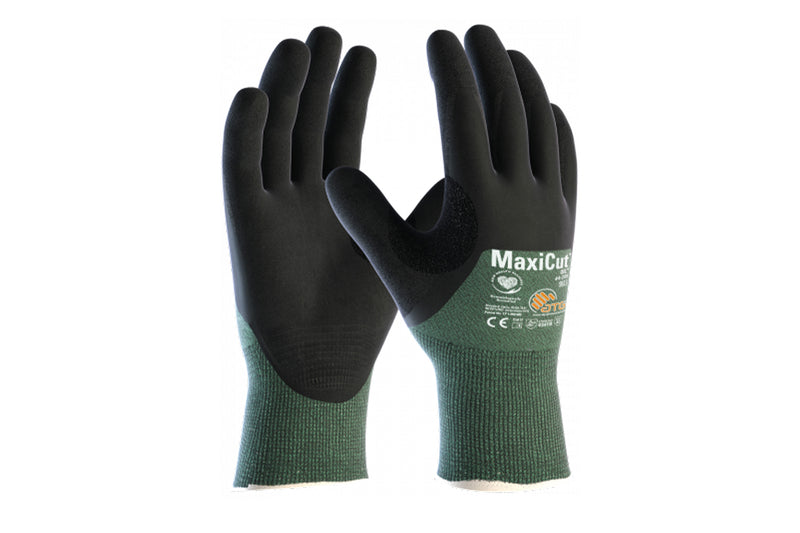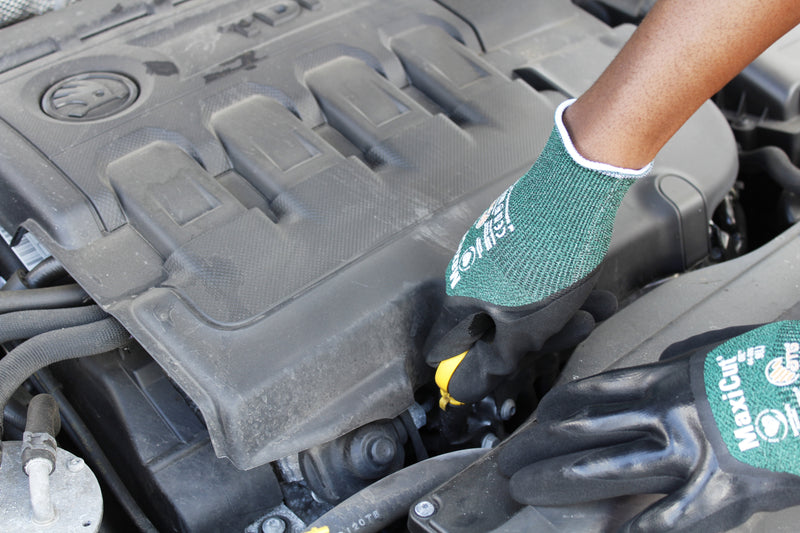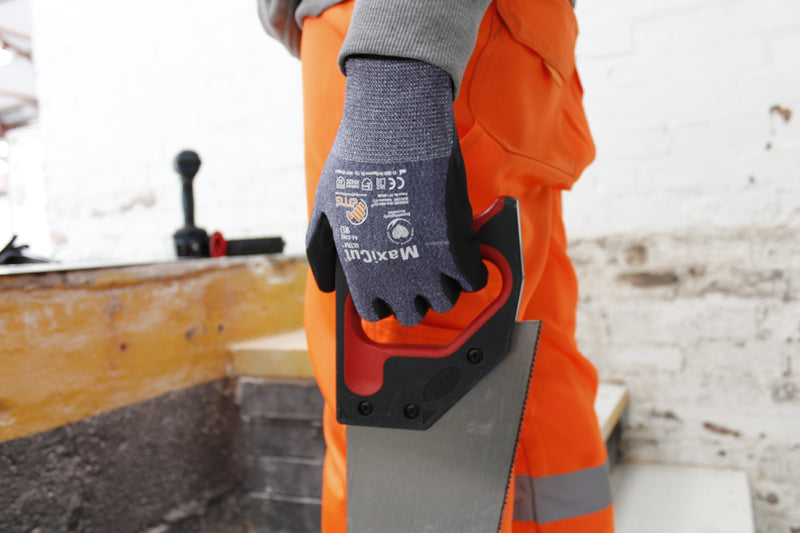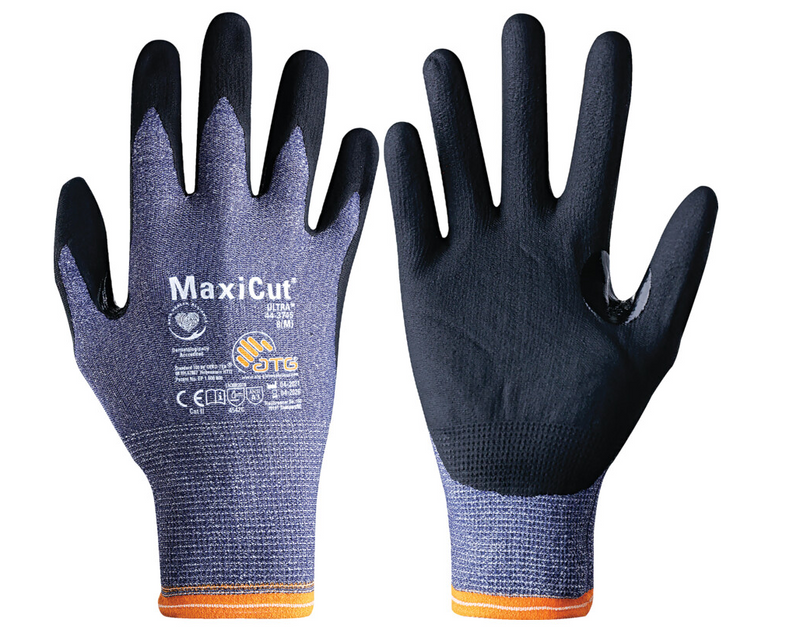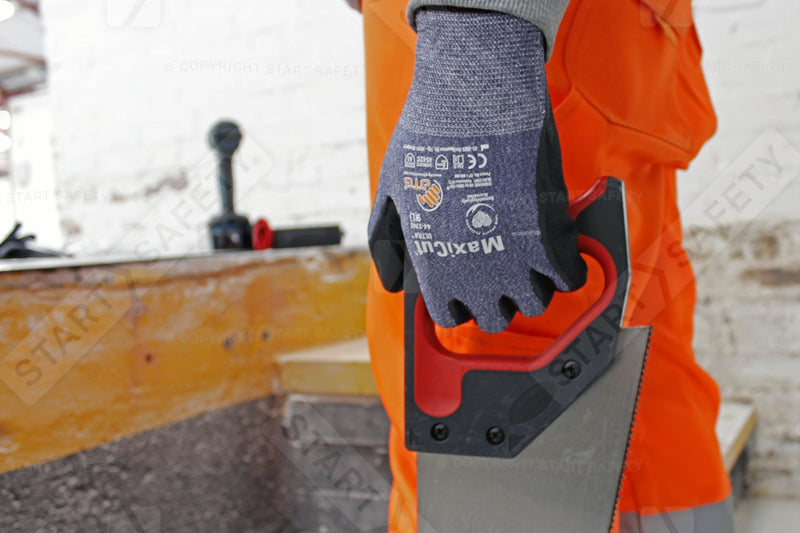What Makes a Good Cut Resistant Glove?
Consider these key factors when choosing the best cut-rated gloves for you.
Grip
Always consider a cut resistant glove's grip when evaluating its suitability for the task at hand. Better grip reduces the risk of mistakes, accidents and cuts.
Breathability
While clammy hands won't affect a glove's grip or cut rating, they can shorten the amount of time a worker is willing to wear them. This may increase the risk of cuts in the long run if workers remove their gloves to let their hands breathe.
Dexterity
Just like grip, maintaining high dexterity in your cut and puncture-resistant gloves reduces the risk of accidents by allowing better hand movement and interaction with your environment.
Cut Resistance Level
Safety gloves that achieve high scores on both the coupe test (assessing abrasion, cut, tear, and puncture) and the TDM cut test (measuring cut resistance in newtons and impact protection) are indisputably better-performing gloves.
Certifications
Many lower-quality products on the market may claim to be cut-proof gloves without having undergone any standardised tests for verification. Always ensure your gloves have passed both EN388 cut standards and the additional ISO 13997:1999 test for reliable protection.
Materials
Consider any potential allergies or sensitivities you may have to common glove materials. For individuals with latex allergies for example, non-latex alternatives like nitrile anti-cut gloves should be chosen.

